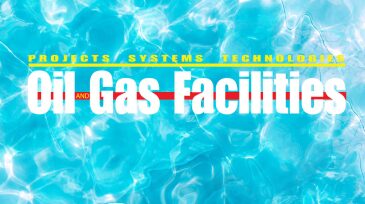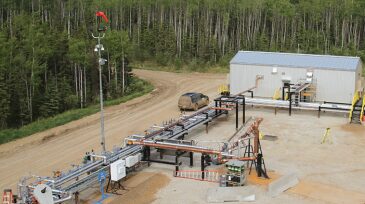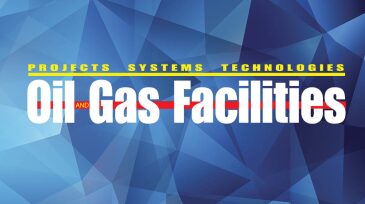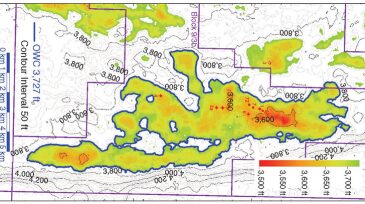heavy oil
-
This paper documents the success story of the first quadlateral completion for an Alaskan operator by use of stacked, rotatable, Technical Advancement for Multilaterals Level-3 junction systems.
-
To sustain the current level of heavy-oil production, which comprises roughly 12–15% of total production, process efficiency must be enhanced to control costs.
-
Thermal steam stimulation is considered the most effective of current methods for heavy-oil production. However, the method has problems with low coverage by steam injection and decreased efficiency.
-
Chemical enhanced-oil-recovery methods such as polymer and alkaline/surfactant/polymer (ASP) flooding are generally not considered suitable for oil viscosities greater than 100 or 200 cp.
-
Q&A to discuss heavy oil production and some of the challenges of working in harsh environments.
-
To support subsea processing of heavy crudes, an inline electrocoalescer was tested for separation of water droplets dispersed in the crude oil.
-
-
This paper presents data from both pilot tests and field tests of a recent burner retrofit of a horizontal heater treater at an oil sands field in northern Canada.
-
Hybrid steam/solvent processes have gained importance as a thermal-recovery process for heavy oils in recent years.
-
An appraisal program involving the Bentley field located on the UK continental shelf has addressed the key technical concerns associated with developing viscous crude in an offshore environment.










